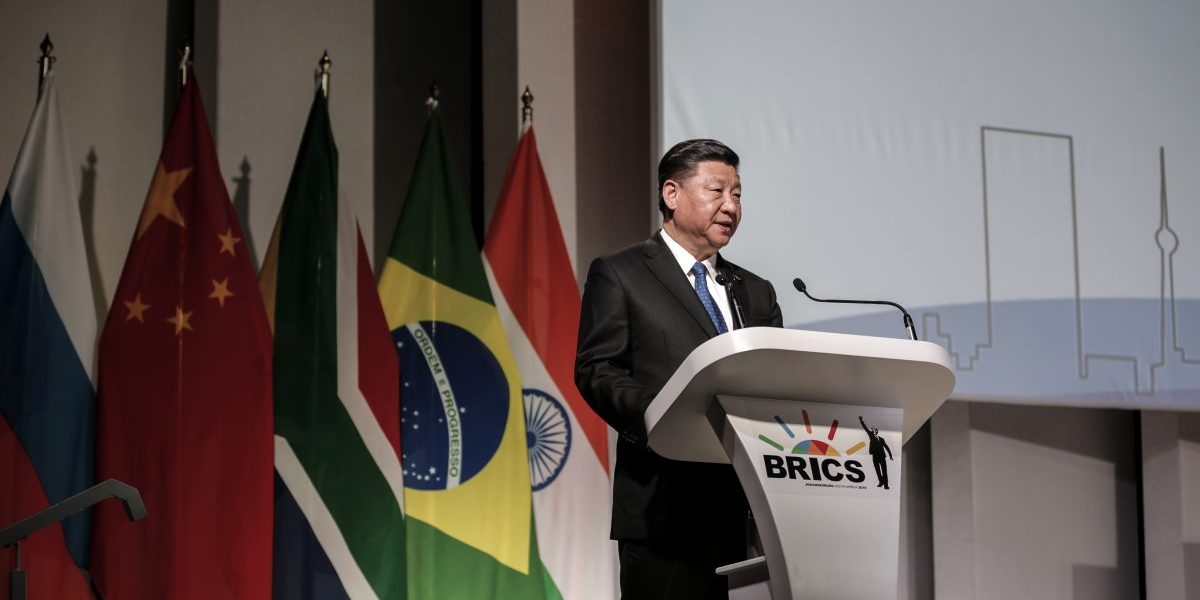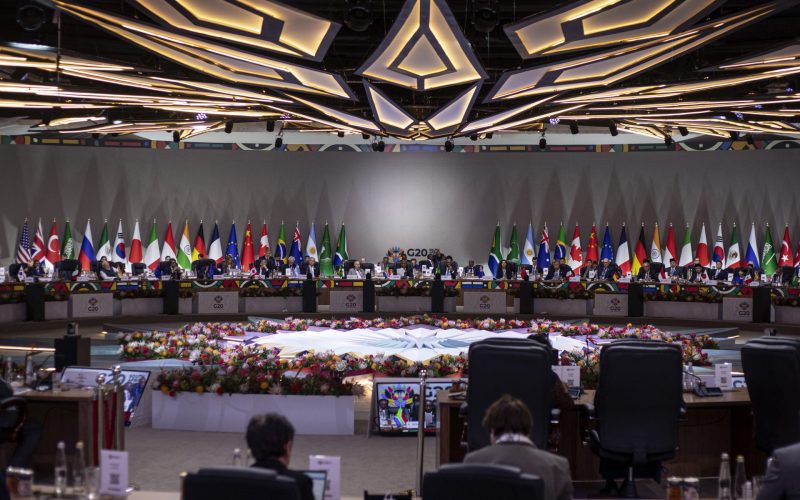This challenge has been driven by a changing external environment, including additional competition from other financiers, the changing needs of middle income countries and institutional constraints. Business processes that deter greater borrowing by countries, especially in the presence of other financiers with less strenuous requirements, also contribute to this situation. These include lengthy loan approval processes, limited use of in-country management systems and sensitivities around environmental and social safeguards. There is also a need for greater responsiveness and an emphasis on the importance of knowledge services. This paper highlights some of these challenges and offers some alternative solutions. The New Development Bank, as a new entrant to the development finance milieu, will do well to draw on the experiences of existing multilateral development banks to improve its offerings to countries.








